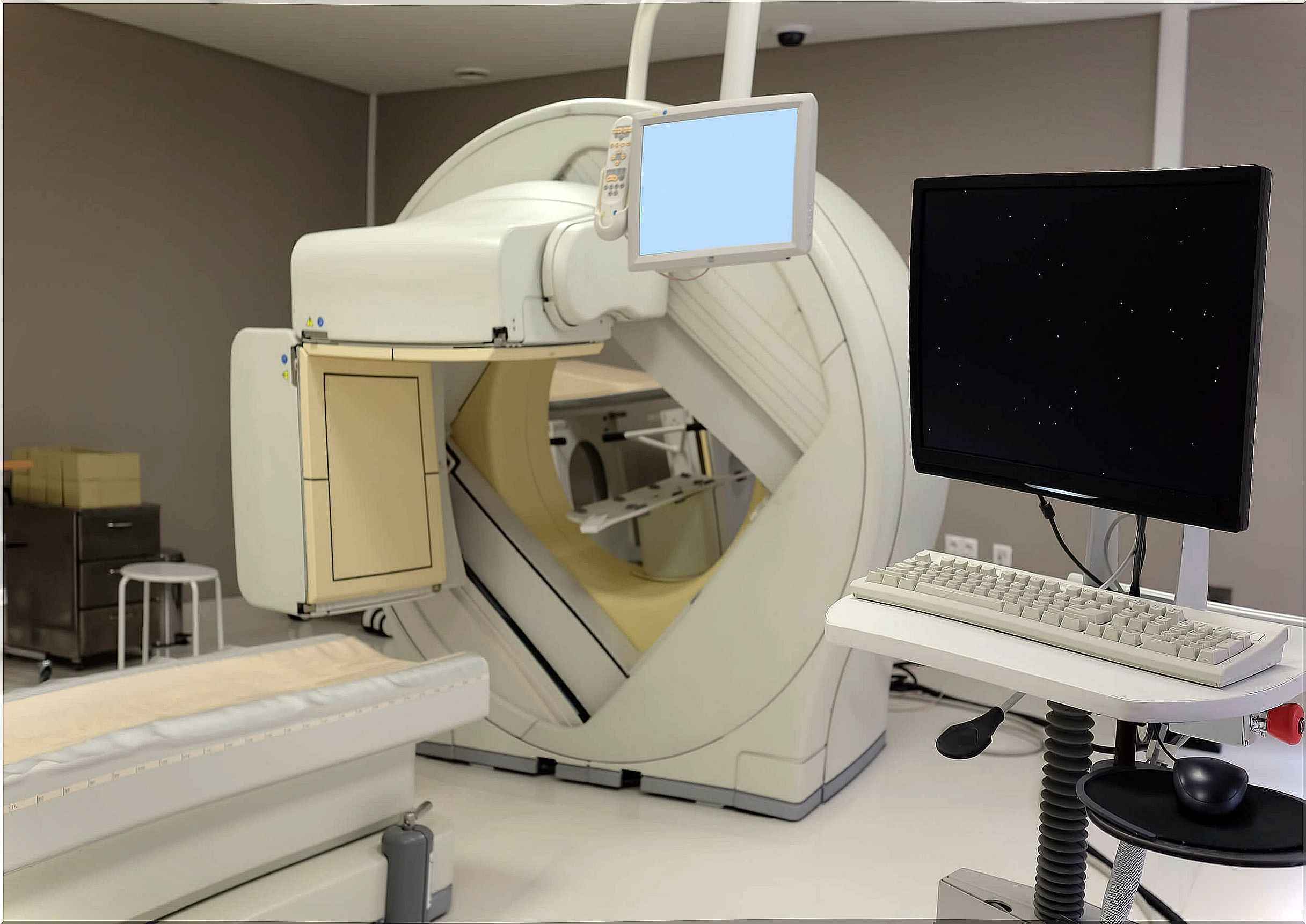Brain Abscess: Diagnosis And Treatment
An abscess in any part of the body is something that always causes concern when we are first told about it and we do not know how to act about it. To combat that worry and fear of the unknown, below we are going to tell you what brain abscess is about.
Overview of brain abscess

A brain abscess is a collection of pus that is located in the brain. It forms when bacteria from an infection in another part of the head, or from the bloodstream, or from a wound reach this organ.
Fluid usually builds up in the tissue around a brain abscess. As a consequence, the surrounding brain tissue becomes inflamed and intracranial pressure increases. The larger the abscess, the greater the swelling and pressure.
If the brain abscess leaks or ruptures and pus enters the cerebrospinal fluid, which flows through the tissues that cover the brain and spinal cord, meningitis occurs . This pathology can alter neurological function due to inflammation and all the consequences that this generates.
The difference between brain abscess and encephalitis is that fibrous capsule does not form in the latter. On the other hand, the epidemiology has varied in recent years in relation to the use and creation of new vaccines, including the vaccine against Haemophilus influenza type B.
Diagnosis of a brain abscess
Different studies can be carried out that will bring us closer and closer to the diagnosis and etiology so that the doctor defines the treatment to be followed. Among the techniques that we have today are the following:
- General complementary exams: they are usually of little help and nonspecific.
- Lumbar puncture: it is contraindicated when a focal mass effect lesion is suspected. Its results are usually not very specific.
- Computed tomography: it has shown great diagnostic value as it allows corroborating a correspondence with the clinical state and establishing treatment according to the corresponding phase. This technique is also a good study to monitor the evolution of the pathology after the implantation of the treatment.
- Magnetic resonance imaging: it is the imaging study of choice in the diagnosis of brain abscess. It is much more sensitive than computed tomography, it offers many advantages in the detection of early cerebritis, edema and a better difference between the areas of inflammation and other affected structures.
- Scintigraphy: This is a test that uses radioactively labeled leukocytes. These cells migrate and accumulate at the focus of inflammation, thus differentiating brain abscess from other causes of brain mass in the brain.
- Single photon emission tomography: it is a study that has demonstrated efficacy in AIDS patients for the differentiation between primary brain lymphoma and infectious brain lesions.
- Biopsy.

What treatment is used?
Treatment includes neurosurgical procedures aimed at draining the abscess, as well as the use of medications to reduce inflammation and the size of the lesion. Antibiotics and corticosteroids are some of the examples.
Antibiotics
A triple scheme has been described to deal with the main agents involved using vancomycin , ceftriaxone and metronidazole.
Third-generation cephalosporins and metronidazole have an adequate antimicrobial spectrum and penetration to the central nervous system, which is why they are useful for most infections associated with this pathology.
Corticosteroids
The use of these drugs to treat this pathology is controversial because there are no randomized studies that support their efficacy in this context. Glucocorticoids are administered when there is vasogenic edema surrounding the abscess, a mass effect, and increased pressure.
This indicates that they could be used only in the acute phase of the disease for the management of intracranial hypertension. However, the use of these drugs may also be useful for the control of postoperative edema in the opinion of the neurosurgeon.
A complex pathology that requires medical attention
Due to the possible complications that can be generated, patients with symptoms compatible with a brain abscess should go to an emergency service as soon as possible for specialized evaluation. The earlier treatment is started, the better the chances of success.









